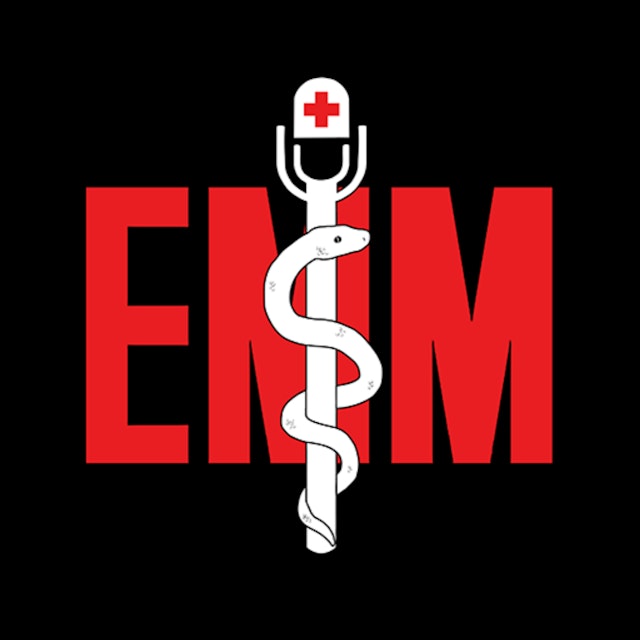Contributor: Taylor Lynch MD
Educational Pearls
-
Hypothermia is defined as a core body temperature less than 35 degrees Celsius or less than 95 degrees Fahrenheit
-
Mild Hypothermia: 32-35 degrees Celsius
-
Presentation: alert, shivering, tachycardic, and cold diuresis
-
Management: Passive rewarming i.e. remove wet clothing and cover the patient with blankets or other insulation
-
Moderate Hypothermia: 28-32 degrees Celsius
-
Presentation: Drowsiness, lack of shivering, bradycardia, hypotension
-
Management: Active external rewarming
-
Severe Hypothermia: 24-28 degrees Celsius
-
Presentation: Heart block, cardiogenic shock, no shivering
-
Management: Active external and internal rewarming
-
Less than 24 degrees Celsius
-
Presentation: Pulseless, ventricular arrhythmia
-
Active External Rewarming
-
Warm fluids are insufficient for warming due to a minimal temperature difference (warmed fluids are maintained at 40 degrees vs. a patient at 30 degrees is not a large enough thermodynamic difference)
-
External: Bear hugger, warm blankets
-
Active Internal Rewarming
-
Thoracic lavage (preferably on the patient’s right side)
-
Place 2 chest tubes (anteriorly and posteriorly); infuse warm IVF anteriorly and hook up the posterior tube to a Pleur-evac
-
Warms the patient 3-6 Celsius per hour
-
Bladder lavage
-
Continuous bladder irrigation with 3-way foley or 300 cc warm fluid
-
Less effective than thoracic lavage due to less surface area
-
Pulseless patients
-
ACLS does not work until patients are rewarmed to 30 degrees
-
High-quality CPR until 30 degrees (longest CPR in a hypothermic patient was 6 hours and 30 minutes)
-
Give epinephrine once you reach 35 degrees, spaced out every 6 minutes
-
ECMO is the best way to warm these patients up (10 degrees per hour)
-
Pronouncing death must occur at 32 degrees or must have potassium > 12
References
1. 2005 American Heart Association Guidelines for Cardiopulmonary Resuscitation and Emergency Cardiovascular Care - Part 1: Introduction. Circulation. 2005;112(24 SUPPL.). doi:10.1161/CIRCULATIONAHA.105.166550
2. Brown DJA, Burgger H, Boyd J, Paal P. Accidental Hypothermia. N Engl J Med. 2012;367:1930-1938. doi:10.1136/bmj.2.5543.51-c
3. Dow J, Giesbrecht GG, Danzl DF, et al. Wilderness Medical Society Clinical Practice Guidelines for the Out-of-Hospital Evaluation and Treatment of Accidental Hypothermia: 2019 Update. Wilderness Environ Med. 2019;30(4S):S47-S69. doi:10.1016/j.wem.2019.10.002
4. Kjærgaard B, Bach P. Warming of patients with accidental hypothermia using warm water pleural lavage. Resuscitation. 2006;68(2):203-207. doi:10.1016/j.resuscitation.2005.06.019
5. Lott C, Truhlář A, Alfonzo A, et al. European Resuscitation Council Guidelines 2021: Cardiac arrest in special circumstances. Resuscitation. 2021;161:152-219. doi:10.1016/j.resuscitation.2021.02.011
6. Plaisier BR. Thoracic lavage in accidental hypothermia with cardiac arrest - Report of a case and review of the literature. Resuscitation. 2005;66(1):99-104. doi:10.1016/j.resuscitation.2004.12.024
Summarized by Jorge Chalit, OMSII | Edited by Meg Joyce & Jorge Chalit, OMSII
The podcast Emergency Medical Minute is embedded on this page from an open RSS feed. All files, descriptions, artwork and other metadata from the RSS-feed is the property of the podcast owner and not affiliated with or validated by Podplay.
